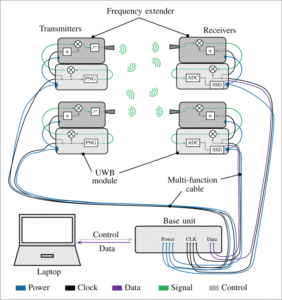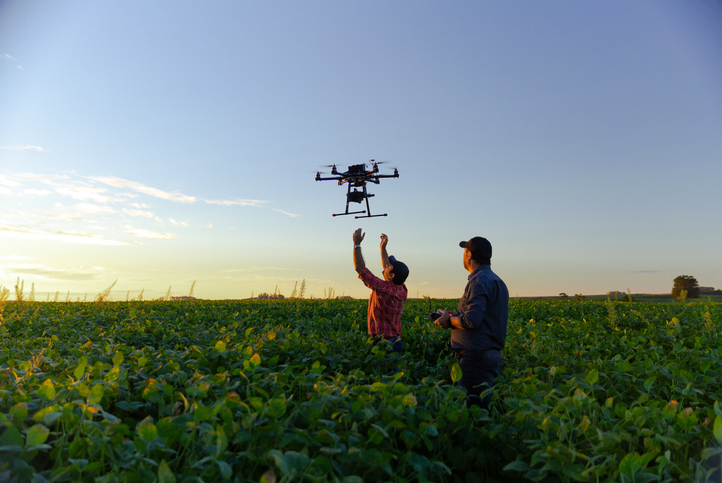The discussions in the wireless research community concerning applications and challenges of the sixth generation (6G) mobile systems are gaining momentum. As a key factor in the next generation of mobile systems, this knowledge impacts the system and algorithm design in many areas. The last decade of channel and propagation measurements has enriched the understanding of THz channels and laid a foundation for the design of future measurement campaigns.
In an article published in IEEE Communications Magazine, researchers discuss the lessons learned from a decade of THz channel measurements. State-of-the-art channel sounding equipment is presented, and application-oriented methodologies for channel measurements are discussed. The researchers highlight application-oriented scenarios, analyzing the scenarios and relevant insights for wireless THz system development and addressing the impact on wireless THz system design.
Measurement Techniques and THz Channel Characterization
Measurements and modeling of the wireless channel are closely related to developing a novel communication system. The article notes that at the beginning of this century, the THz range was tackled with vector network analyzers (VNAs) equipped with narrowband frequency extenders or time-domain spectroscopy (TDS). Almost 15 years later, time-domain channel sounding with wideband frequency extenders in the low THz range followed. The researchers discuss the related equipment, mentioning that only a few can measure in the low THz range.

Schematic view of the mimo channel sounder system.
From an information theory and channel modeling point of view, channel measurements with a MIMO measurement system equipped with omnidirectional antennas at the Tx and the Rx would record the all-embracing information on the propagation channel. The authors explore the benefits of different classification methods, discussing Channel Classification, General Channel Characterization, and In-Situ Channel Measurements before looking at measurement scenarios for THz use cases.
THz Use Cases
The wireless channel in the low THz range is complex and highly dependent on the environment of the communication system. The researchers point out that deriving general conclusions valid for multiple scenarios or the entire THz spectrum is impossible. The researchers highlight the methodology and the scenario-specific features in three selected environments relevant to THz communications:
Data Center: Data centers undergo a transformation from storage-driven applications to processing and analyzing tasks. Hence, reliability, scalability, and flexibility are essential requirements besides high energy efficiency.

Data center top-of-rack measurement setup and according to pap.
Vehicular Environment: The evolution in the vehicular sector toward autonomous driving and information-driven services increases the need for ultra-reliable, low-latency communications (URLLCs). Sensors like radar, cameras, and lidar create enormous amounts of data that must be processed and exchanged.

Setup and additional path loss of under-vehicle propagation in vehicular scenarios.
Aircraft Cabin: Wireless in-flight entertainment systems have the advantage of allowing passengers to use their electronic devices. Cables and monitors can be saved, and weight is reduced.

Setup and pseudo omnidirectional of the passenger service unit in an aircraft.
Insights into THz Channel Modeling
Apart from the presented example application scenarios, THz channel measurements have been conducted, among other things, in office scenarios, for kiosk downloading, for device-to-device communication, and in industrial environments. Based on the measurements, the researchers outline lessons, insights, and implications about THz channels.
Advances in the development of electronic devices in recent years have made wireless transmission in the low THz band with simple modulation schemes possible. The need for high-performance antennas, electronic devices, and smart algorithms will drive the development of promising applications like multi-antenna connectivity or cell-free massive MIMO in the THz band.
Since measurement campaigns are time-consuming and expensive, the researchers suggest learning from precisely conducted measurements not to ignore or remeasure known characteristics and relationships.
Future Endeavors
Envisioned THz communication systems promise many strengths and advantages for the next generation of mobile networks. In the coming years, the researchers note that THz channel measurement activities must respond to the needs of the simulation and information theory communities. Detailed measurements of specific questions will push the development of THz communications, making it ready to play a critical role in the next generation of mobile networks. In the context of 6G, especially time-variant THz channels, the impact on the channel and physical layer security will gain high attention, where channel sounding will make important contributions.
Interested in learning more about the Internet of Things? IEEE offers continuing education with the IEEE eLearning Library to smartly implement digital tools into your organization.
Interested in acquiring full-text access to this collection for your entire organization? Request a free demo and trial subscription for your organization.





